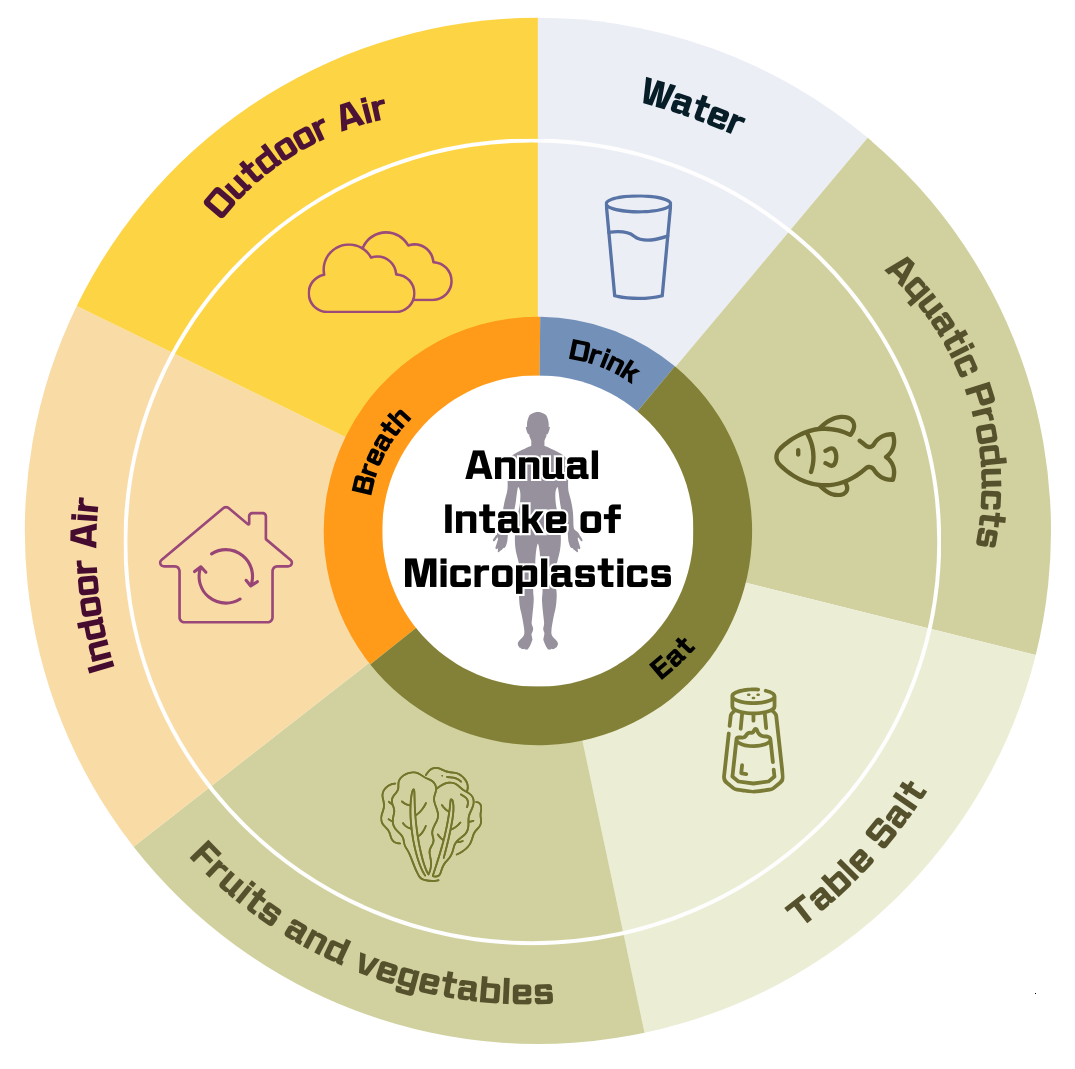 Figure 4. People may be exposed to or inhale microplastics through different pathways.
Figure 4. People may be exposed to or inhale microplastics through different pathways.WSD commissioned an Australian expert consultant in 2018 to study how to manage microplastics in drinking water. According to the risk assessment conducted by the expert consultant, although international studies on microplastics in drinking water are still at an early stage, the current outcome reveals that microplastics (including microplastic fibres) are ubiquitous in the environment, and drinking water as a medium only accounts for a very small part of the total human intake, as compared to other exposure routes including food and inhalation (see Figure 4). Therefore, the expert consultants consider that even if microplastics are present in drinking water, it will not constitute a major health risk. According to the baseline study for the microplastic abundance in Hong Kong's nearshore waters undertaken by Environmental Protection Department in 2022, the current microplastic level in Hong Kong's nearshore waters is about 90 per cent lower if compared with other developed places.
 Figure 4. People may be exposed to or inhale microplastics through different pathways.
Figure 4. People may be exposed to or inhale microplastics through different pathways.
The traditional drinking water treatment processes used in WSD's water treatment works, including coagulation, sedimentation, and filtration, as well as the reverse osmosis technology employed at the Tseung Kwan O Desalination Plant, have been proven to effectively remove most of the microplastics in water. Therefore, the expert consultant agreed that there is currently no need for routine monitoring of microplastics in Hong Kong's drinking water. In addition to strict management of the raw water quality and rigorous treatment and disinfection processes, WSD also strictly manages the drinking water supply and distribution systems, and comprehensively monitors the water quality from source to consumer’s taps (e.g., turbidity and color) so as to minimize the risk of microplastics contamination in drinking water.
Does the WSD monitor the presence of microplastics in drinking water?
WSD has included microplastics on its Watch List and will continue to keep in view the latest scientific evidence and developments of international organisations, e.g. the WHO, in this respect including the method development for the detection of microplastics in drinking water and the potential human health impacts of microplastics, and will take follow-up actions as appropriate.